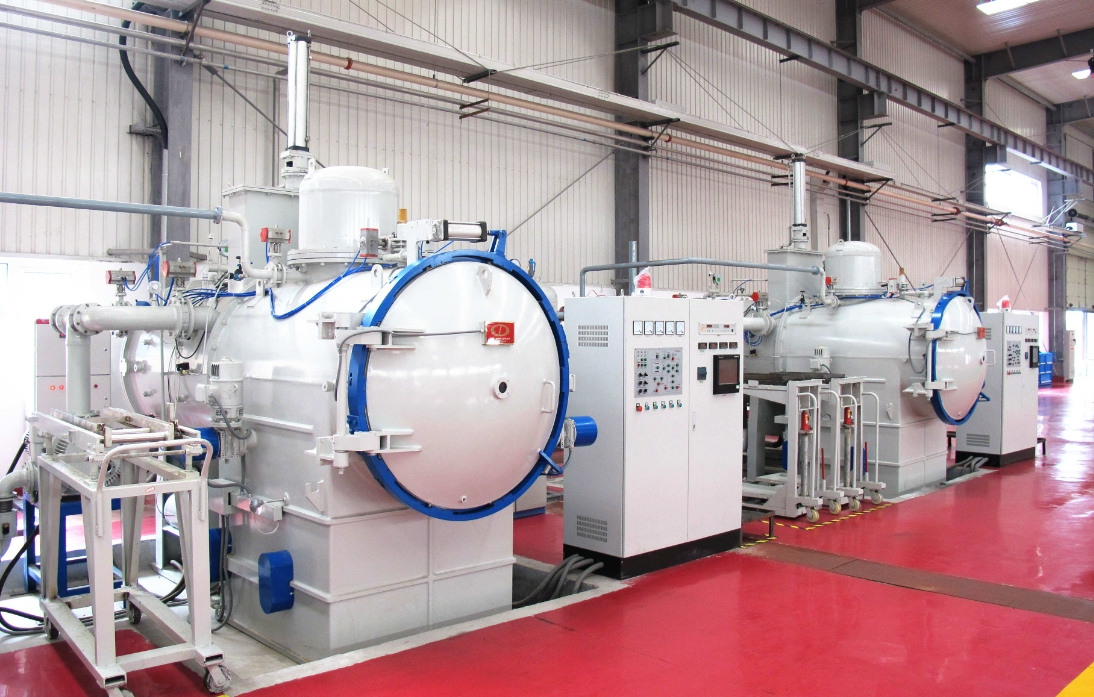3D printed items can be shipped in as fast as 24 hours! MJF, SLS, and FDM Expedite Upload Your 3D File
Heat treatment involves precise temperature manipulation to achieve desired outcomes such as increased hardness, improved ductility, or enhanced resistance to wear and corrosion. The process typically includes three stages:
Heating: The material is heated to a specific temperature, depending on its composition and the desired properties.
Soaking: The material is held at that temperature to ensure uniform heat distribution.
Cooling: The material is cooled at a controlled rate, often using mediums like air, oil, or water.
Common heat treatment methods include:
Annealing: Softens metal to improve machinability and reduce internal stresses.
Quenching: Rapid cooling to increase hardness and strength.
Tempering: Reduces brittleness caused by quenching while retaining hardness.
Case Hardening: Hardens the surface layer while maintaining a tough core (e.g., carburizing or nitriding).

CNC machining produces precise parts with excellent dimensional accuracy, but the mechanical and thermal stresses during cutting can leave residual stresses or alter the material’s microstructure. Heat treatment addresses these issues and unlocks additional benefits:
Heat treatment significantly enhances key properties of CNC-machined components:
Hardness and Wear Resistance: Processes like quenching and case hardening create surfaces resistant to abrasion, extending the lifespan of parts like gears or cutting tools.
Strength and Toughness: Tempering balances strength and ductility, critical for components subjected to dynamic loads (e.g., automotive or aerospace parts).
Fatigue Resistance: Eliminating internal stresses through annealing or normalizing prevents premature failure in cyclic loading applications.
CNC machining generates residual stresses due to tool pressure and localized heating. These stresses can cause warping or cracking over time. Heat treatment methods like stress-relief annealing stabilize the part by relaxing these stresses, ensuring dimensional stability and reliability.
Some materials, such as high-carbon steels or titanium alloys, are difficult to machine in their hardened state. Annealing prior to CNC machining softens the material, reducing tool wear and improving surface finish. Post-machining heat treatment then restores the desired properties.
For parts requiring a hard exterior and a tough core (e.g., shafts or bearings), case hardening adds a wear-resistant layer without compromising the part’s overall toughness. This is particularly valuable for components exposed to friction or impact.
Processes like precipitation hardening (used for aluminum or stainless steel) improve resistance to corrosion and high temperatures, making parts suitable for harsh environments like chemical processing or jet engines.
Heat treatment ensures uniform material properties, reducing the risk of distortion during or after machining. This is crucial for high-precision components like medical implants or optical mounts.
Heat-treated CNC parts are ubiquitous across industries:
Automotive: Engine components, transmission gears, and suspension parts.
Aerospace: Turbine blades, landing gear, and structural fasteners.
Medical: Surgical tools and implants with biocompatible surfaces.
Tooling: Molds, dies, and cutting tools with extended service life.
Heat treatment is a transformative step in the lifecycle of CNC-machined parts. By optimizing material properties, relieving stresses, and enhancing durability, it ensures components meet the rigorous demands of modern engineering. Integrating heat treatment into the manufacturing workflow not only improves part performance but also reduces long-term costs by minimizing wear and failure. As industries continue to push the boundaries of precision and reliability, the synergy between CNC machining and heat treatment remains indispensable.
Previous:No More/End
Next:Application and Optimization of 6061-T2 Aluminum in CNC Machining Services